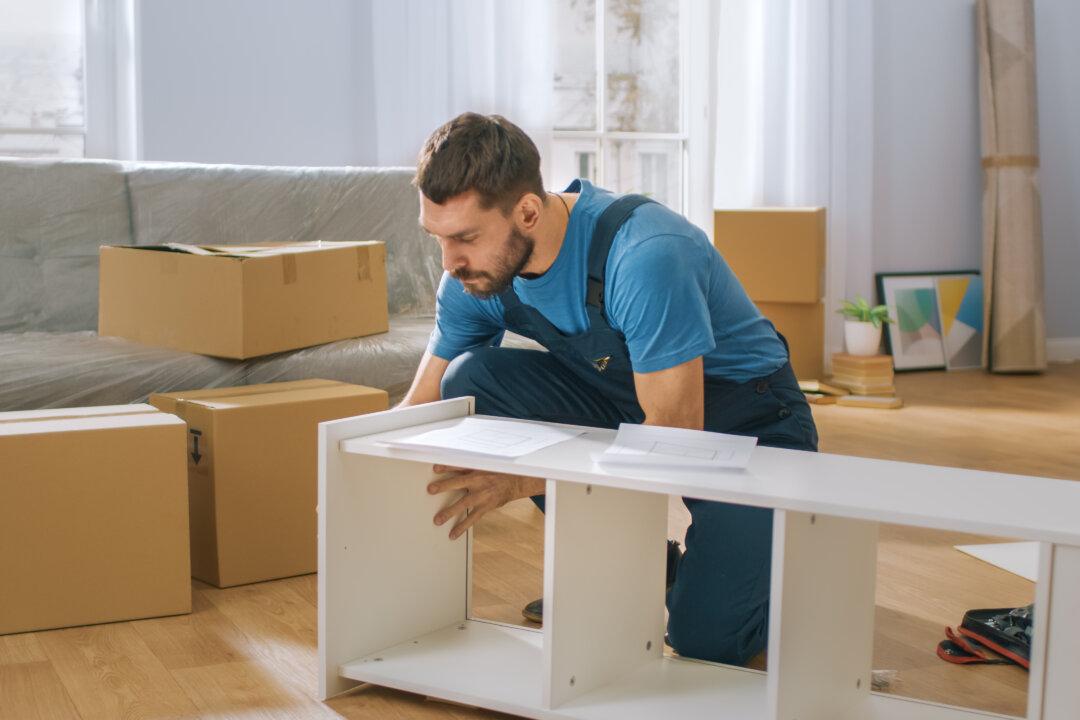Where you live and your climate will have some impact on your decision of the basement or garage. A basement, being below ground, stays at a more constant temperature in climates with either severe summer or winter weather. In some parts of the country, particularly the South and West, basements aren’t common in homes, and most are built on slabs.
No matter which area you select for the new recreation room, there are some common design concepts to make it more functional and appealing. For example, walking down a walled stairway to a basement room or through a door into a dark corner of a former garage may not be very inviting. Proper lighting once in the room is also important. Full-spectrum compact fluorescent or LED lights are good choices.
To make it more inviting, try to create an open space when you first enter the new room. For basements, open the side walls of the stairs as far up as possible. Add adequate lighting at the bottom of the stairs with some interesting object or wall treatment. This will be the first image you see when you start down the stairs.
For a garage, attempt the same interesting concept in front of the door. It is much easier to add a window in an aboveground garage wall than it is in a basement foundation wall. Directly across from the door to the garage might be a nice place to install a new window.
Make the window large enough, because the labor cost to install a large window is not much more than a smaller one. A window with a large, fixed center area and smaller casements on each side would be attractive and energy-efficient. You might even consider a bow window or a garden window with some plants. Position the window low enough to provide a good view of the outdoors when seated.
Recreation rooms full of kids tend to get a bit noisy. As the children get older, they likely will be playing loud music in there at all hours, so proper soundproofing is a big advantage. The amount of soundproofing in the ceiling in a basement or the attached wall of a garage typically is not great.
For the garage, you probably had planned to finish and add drywall on the walls. For the wall common with the house, pack it with insulation, place resilient strips over the wall studs and attach two layers of drywall to block much of the lower frequency noise. There are even more effective soundproofing methods, but they’re thicker, and floor space is already at a premium in the typical garage conversion.
For the basement, the same techniques can be used. The floor joists are generally deep enough to place soundproofing material up between them. If the ceiling height provides enough headroom, a dropped ceiling with acoustical tiles can also be effective. If not, two layers of drywall helps.






